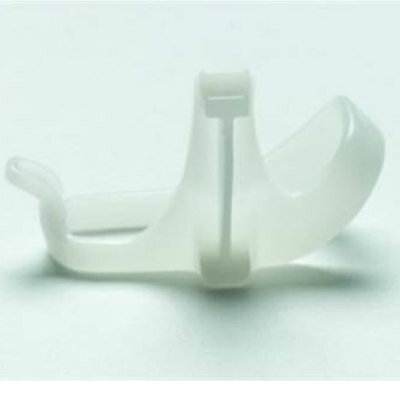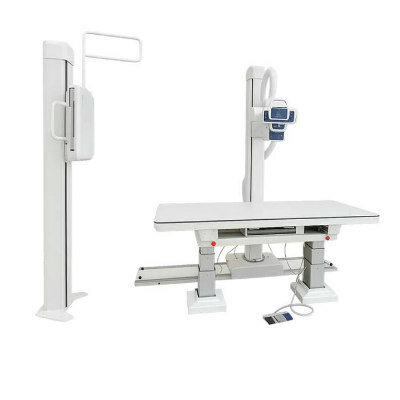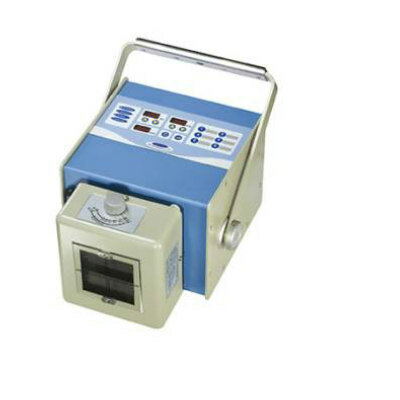Quantitative CT Detects COPD Patients at Risk for Exacerbations
By MedImaging International staff writers
Posted on 11 Jan 2012
Researchers recently reported that quantitative computed tomography (CT) imaging could provide effective prognostic data for patients and clinicians beyond the conventional breathing tests most typically employed to assess chronic obstructive pulmonary disease (COPD). Posted on 11 Jan 2012
“Our findings indicate that quantitative CT scans can help identify patients at greater risk for damaging exacerbations of their disease,” said James D. Crapo, MD, a professor of medicine at the US National Jewish Health (Denver, CO, USA) and coauthor of the article written with colleagues in the COPDGene research consortium (Washington DC, USA) that appeared in the October 2011 issue of the journal Radiology. “The findings also help us identify distinct phenotypes among the COPD patient population, who could benefit from individualized, targeted management of their disease.”
Progression of COPD does not occur at a steady rate. Exacerbations, flare-ups of the disease sometimes requiring hospitalization, hasten the decline in lung function, increase the risk of death, and lower quality of life. Being able to identify patients at greater risk of exacerbations, and even prevent them is a vital aim in COPD patient care.
Breathing tests, known as spirometry, are the standard tool for evaluating and staging COPD. Although worse results on spirometry do broadly correlate with exacerbations, there are many exceptions. For this and other reasons, physicians have been looking for better tools to evaluate their COPD patients.
The COPDGene investigators sought to assess radiologic imaging’s ability to be that tool. They used quantitative CT to measure inflammation as determined by thickness of airway walls and the amount of tissue destruction or emphysema. They found that greater airway wall thickness and emphysema were both linked with more frequent exacerbations. Each 1-mm increase in bronchial wall thickness was associated with a 1.84-fold increase in yearly exacerbation rate. Emphysema became a factor only if it involved 35% or more of the lungs. Beyond the 35% involvement, each 5% increase in emphysema was associated with a 1.18-fold increase in exacerbations.
“Quantitative CT scans can help identify patients at greater risk for exacerbations independent of their spirometry results,” concluded Dr. Crapo. “This could be valuable in identifying specific individuals for targeted medical therapy.”
Related Links:
US National Jewish Health
COPDGene Research Consortium














